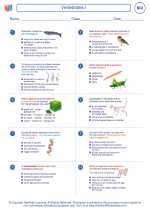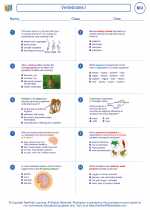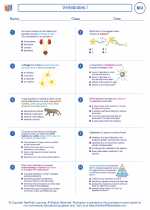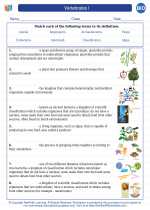Temperate Forest
Overview
A temperate forest is a biome found in the eastern United States, Canada, Europe, China, Japan, and other parts of the world. It is characterized by distinct seasons, with moderate temperatures and a significant amount of precipitation.
Climate
The temperate forest has four distinct seasons: spring, summer, fall, and winter. The average annual temperature ranges from 10°C to 15°C. The average annual precipitation ranges from 75 cm to 150 cm. Winters are cold, with temperatures often dropping below freezing, while summers are warm and humid.
Flora
The temperate forest is home to a variety of plant species, including deciduous trees such as oak, maple, beech, and birch. These trees shed their leaves in the fall and remain bare throughout the winter. Understory plants include ferns, mosses, and wildflowers. The forest floor is covered with decaying leaves, providing nutrients for the soil.
Fauna
The temperate forest is home to a diverse array of animal species, including mammals such as deer, foxes, bears, and raccoons. Birds like owls, hawks, and woodpeckers are also common in this biome. Insect life is abundant, with species like butterflies, beetles, and ants playing important roles in the ecosystem.
Human Impact
Human activities such as deforestation, urbanization, and pollution have significantly impacted temperate forests. Conservation efforts and sustainable land management practices are essential for preserving the biodiversity and ecological balance of this biome.
Study Guide
When studying the temperate forest biome, consider the following key points:
- Climate and seasonal changes
- Plant and tree species
- Animal diversity
- Human impact and conservation
[Temperate Forest] Related Worksheets and Study Guides:
.◂Biology Worksheets and Study Guides High School. Vertebrates I

 Worksheet/Answer key
Worksheet/Answer key
 Worksheet/Answer key
Worksheet/Answer key
 Vocabulary/Answer key
Vocabulary/Answer key
 Vocabulary/Answer key
Vocabulary/Answer key
 Vocabulary/Answer key
Vocabulary/Answer key
